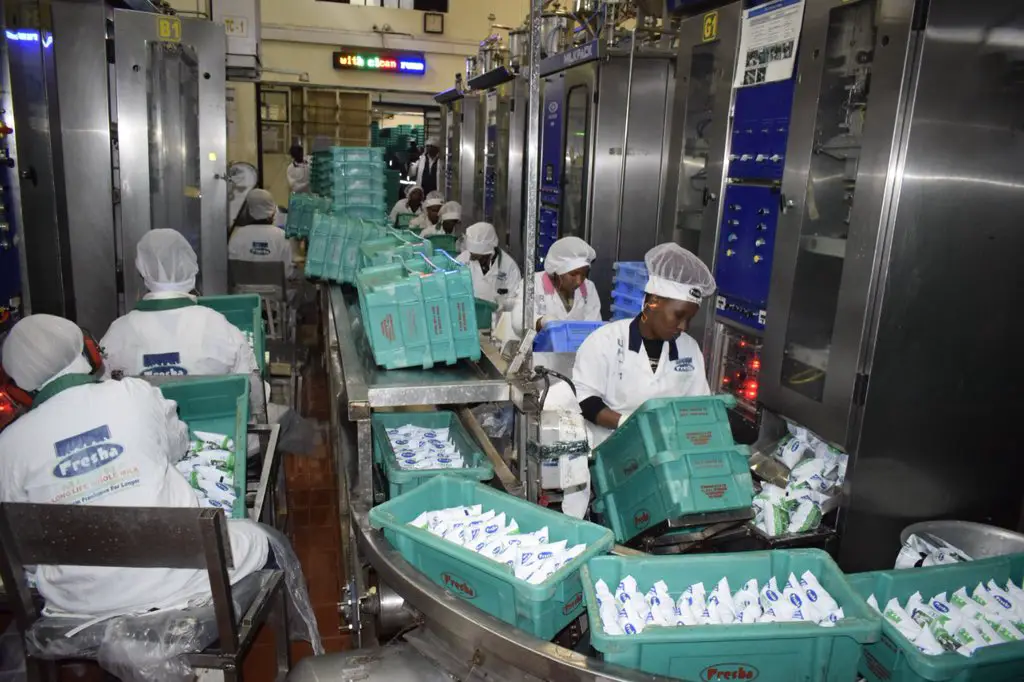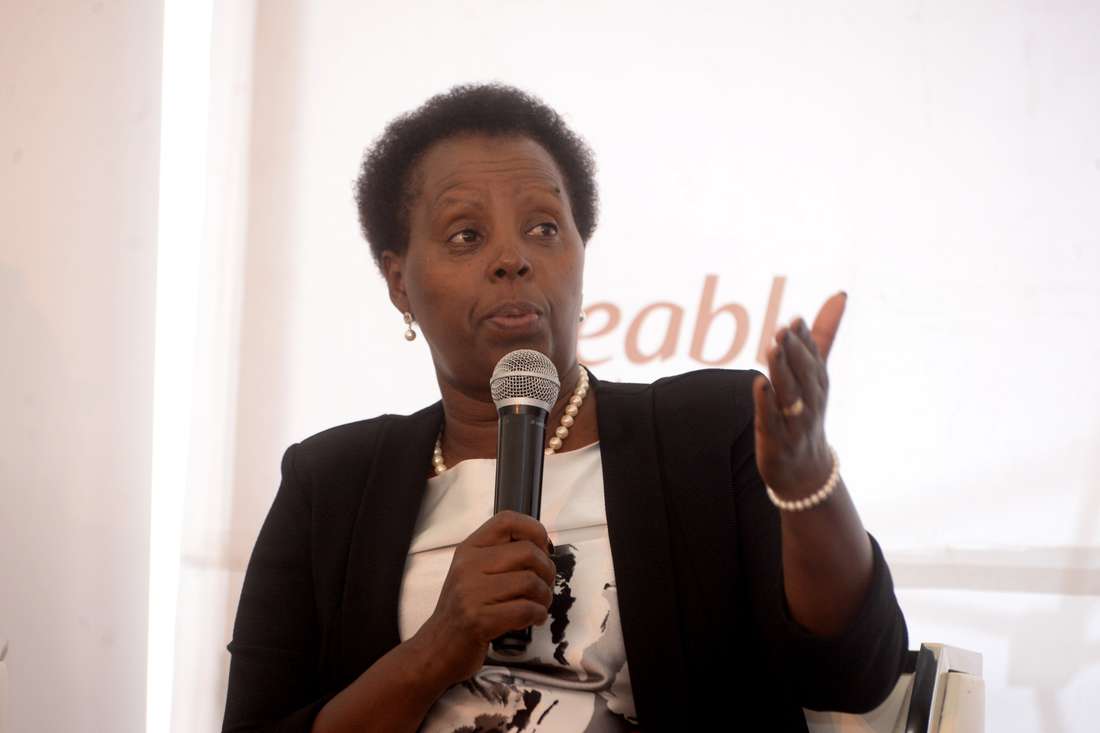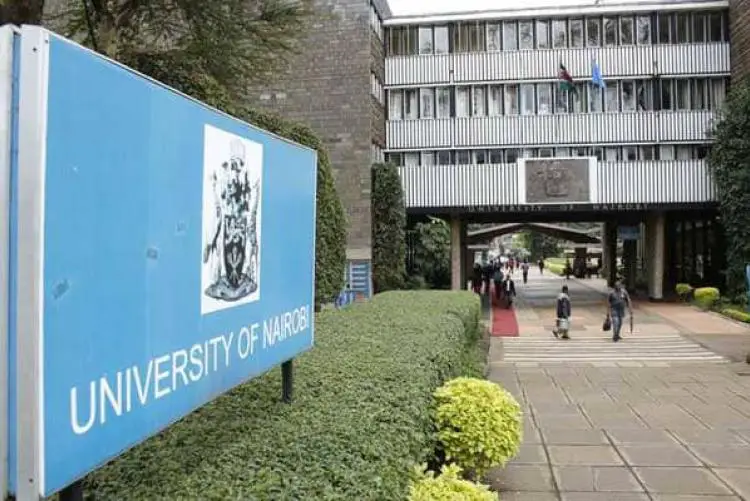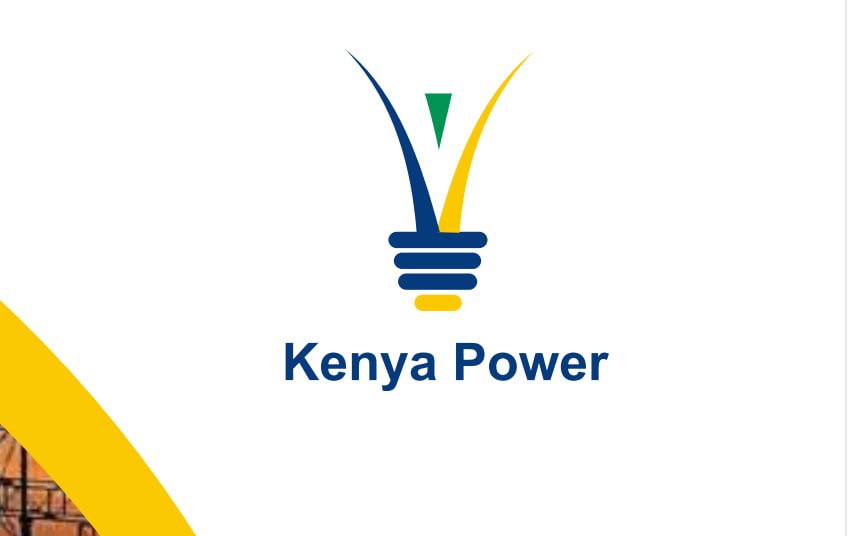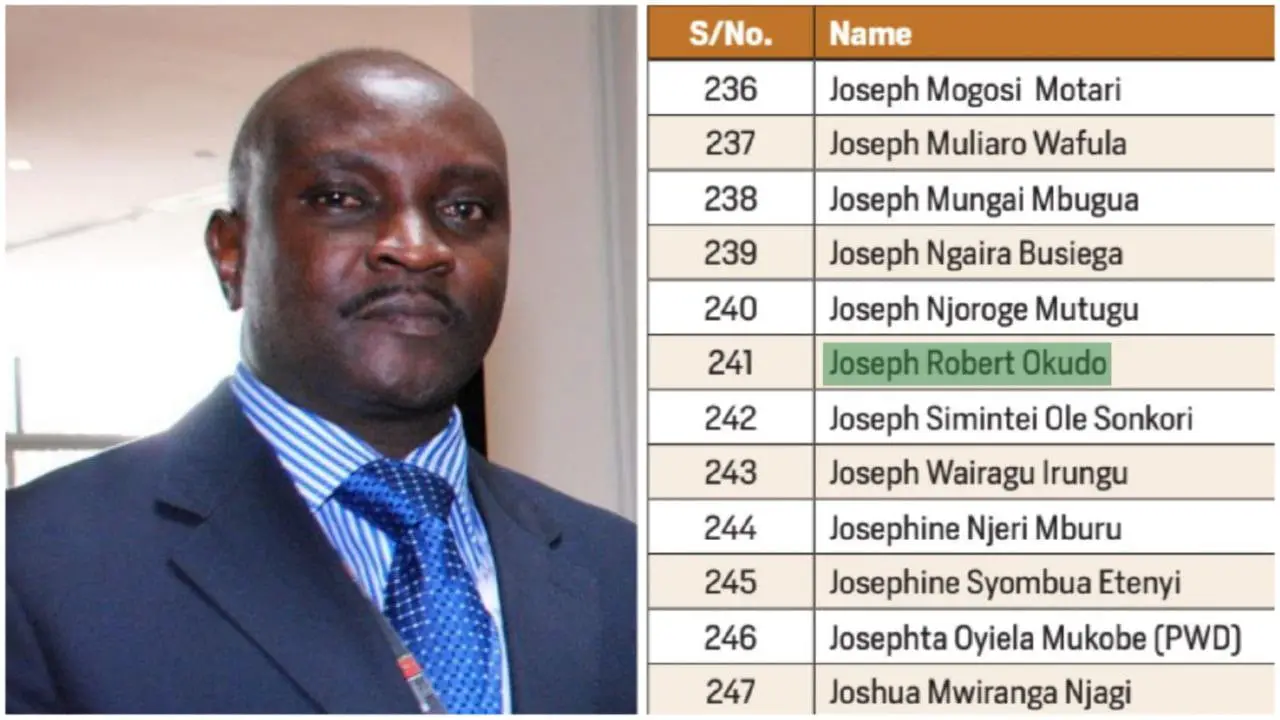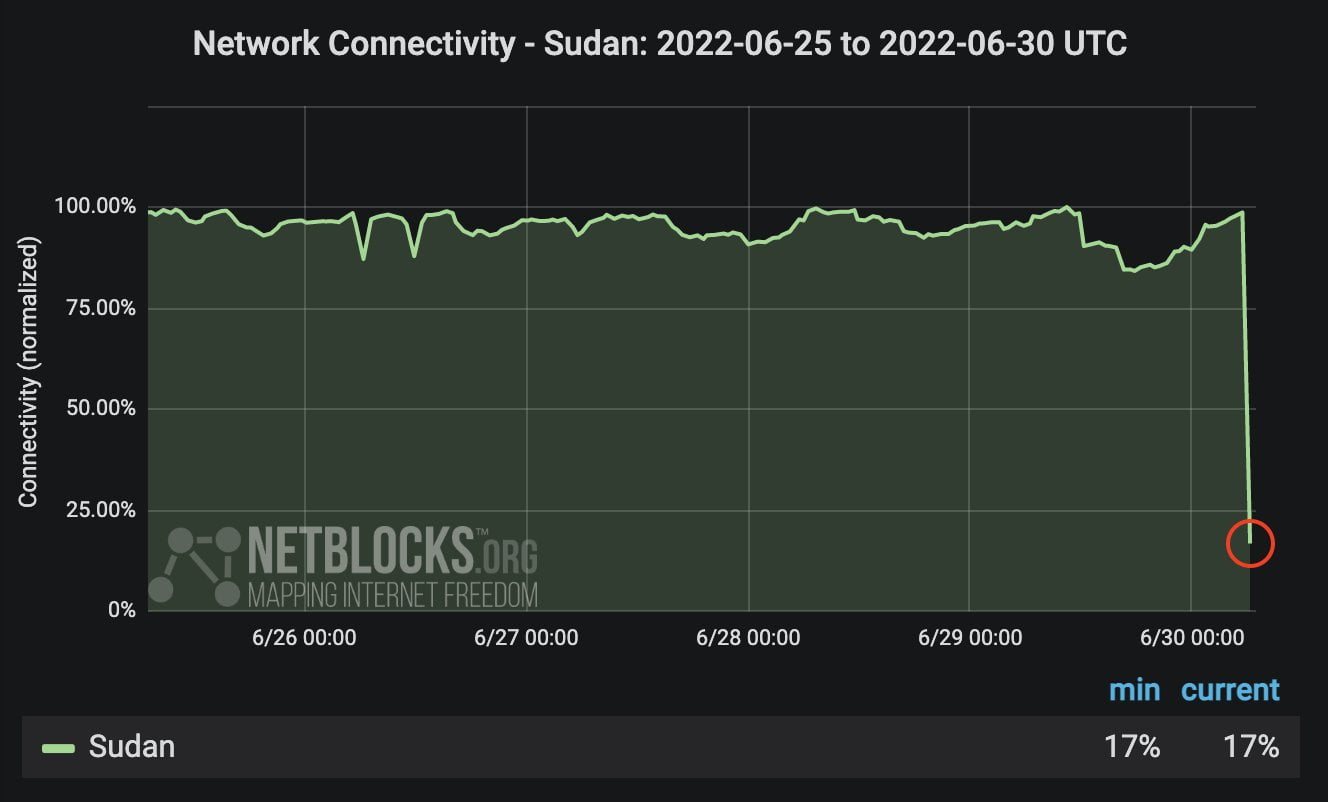
THE MULTI – YEARS GRAND RIP – OFF OF TAXPAYERS AND SHAREHOLDERS BY THE ELECTRICITY AND PETROLEUM AUTHORITY (EPRA); INDEPENDENT POWER PRODUCERS (IPPs) AND KENYA POWER AND ITS PAST AND PRESENT DIRECTORS
- Contents hide
EXECUTIVE SUMMARY
Back in the 1930s, Henry Ford is supposed to have remarked that it was a good thing that most Americans didn’t know how banking really works, because if they did, “there, had to be a revolution before tomorrow morning”.
In Kenya, if you know what a few organized and wicked bureaucrats did and are doing to Kenya Power, in our name; you are forgiven, if you do not lose trust in the Government, as to the manner they run and manage vital and strategic enterprises”
It is often said that “water is life” and similarly one may equally add that energy and a reliable one for that matter runs our lives; livelihoods and all the national security apparatus of the Government.
No wonder, the Government, recently was awake to the importance of securing all the energy installations from vandalism and other potential risks.
A suitable and well–managed energy Company is as vital as a professional army to defend the national interest of the country.
Kenya Power’s history goes back as far as 1875 and it was formally incorporated in 1922.
It is the dominant and monopolistic supplier of mixed energy countrywide, with an extended grid of 86,000 kilometres of both high and medium voltages lines, interconnecting 8.4 million customers in the villages; towns and the few cities across the country and providing access to 70 per cent of the households in Kenya.
The Company is among the first publicly listed at the Nairobi Stock Exchange (NSE) in 1954.
The Kenya Government holds an overwhelming controlling stake of 50.1 per cent, of course, in trust, for and on behalf of the people of Kenya; with the remaining 49.9 per cent held by individuals and institutions of Kenya and foreigners.
As a national energy utility Company, Kenya Power is more or less “a Supermarket of energy” for it basically buys packaged power (energy) in bulks from a myriad of power generators and developers such as Kenya Electricity Generating Company (KenGen) and an assorted countless of Independent Power Producers (IPPs) numbering 24, according to the Company’s 2021 Annual Financial Report, with, of course, dozens of others in the pipeline.
Kenya Power is not a participant in the production and development of energy plants and its mandate has been to instead offer and manage nationwide distribution systems; electric metering of customers; licensing of premises; emergency electricity services; optical fibre cable network and customer relations.
According to the Company’s ten year financial and statistical records, for the period 2012 to 2021, indicates that in the first six years of this period, it was relatively profitable and paid 20 per cent dividend to the Shareholders and conserved their value of investment in the Company.
However, as from 2017, hell broke loose and the Company began deteriorating for the worse, downhill, necessitating even a restatement of its financial report for 2018.
In the normal business world, the more units you purchase, the higher discounts you get.
In other words, if you buy more items from either a wholesaler or even an ordinary retailer, you are rewarded with at least a reduced price and/or discounts.
In the world of Kenya Power, similar to Alice in the wonderworld, the more energy units you use, the higher the tariff you pay.
For example, if you consume 100 units per month, your tariff charge per unit is Ksh. 15 inclusive of taxes and levies.
On the other hand, if your monthly consumption, is higher than 100 units but lower than 15,000 units, your average tariff charge per unit is Ksh.23 inclusive of taxes and levies.
Supposing, An Investor in January 2011, puts his or her hard-earned savings of Ksh. 1,000,000 in the Kenya Power stock and shares at the then prevailing price in the market of Ksh.21, in February 2022, almost 10 years later, the value of that investment at the time of putting together, this document is nominally worth a paltry of Ksh. 76,190; an effective loss of 92 per cent.
However, if you consider, the actual purchasing power of that investment, given a conservative average inflation of 10 per cent in the last decade, the real investment is negative.
The voluntary commission and omission of Kenya Power raises substantial public interest issues relating and relevant to “the welfare and or well-being of the people of the Republic of Kenya”.
In particular, the minority Shareholders and the stakeholders of the Company are also, under grave oppression and unfair exploitation by the Company as ably detailed below.
2. IDENTITY; NATURE AND BUSINESS MODEL OF THE COMPANY
As stated above, Kenya Power is primarily for all intent ad purposes is a publicly listed Company at the NSE, with broad local and foreign holdings.
The vital mandate and role of the Company are to efficiently and effectively, serve the people of Kenya and the country as the only dominant and monopolistic energy distributor and provider of choice.
It was never envisaged as an appendage and or department of the Ministry of Energy, which it had technically become.
It is not a non–profit enterprise to provide to every Hurry and sundry, who may need electricity but cannot afford it.
The Company’s mandate is to operate as a commercial venture to solve energy demand and do so economically and profitably.
Surprisingly, however, the practical realities are different in that the Company is a contradiction in terms for while it is “a Supermarket of energy”; rather than involve itself in the subsidy programmes of the myriad producers and developers of energy/power.
Demonstratively, the Company literally foots the operational costs of those IPPs, in terms of their fuel usage, Forex losses and other incidentals to the extent that those IPPs are literally minting profits at ease, without consequential costs of operations.
This weird business model disadvantages the Company, stakeholders, shareholders and above all its customers – who are forced to finally foot this bill without any choice.
3. THE BANKRUPTCY OF KENYA POWER PLC
According to the latest Auditor General’s Financial Report of 2021, the Company is in a serious and material negative working capital position for the fifth consecutive year. The Company’s current liabilities for 2021, stood at Ksh. 116 billion; exceeding its current assets for the same period of Ksh. 50 billion, by well over 66 billion. In simple words, the Company has only Ksh.0.43 cents to cover what it owes of Ksh. 1.32.
This is not technical bankruptcy per se but a real one on all accounts – with only perhaps the Exchequer providing, temporary relief of lifeline.
At the end of 2021, the stock – holding (accumulated through dubious procurement) stood at a whopping 9.6 million, out of which only 50 per cent are critical materials and supplies for the operations of the Company, the other balances are non – essentials, which in effect need not be procured and held at all.
The holding of such non–essential materials and supplies, are among the factors that contributed to the milieu, the Company has been facing.
4. THE LEGALIZED FRAUD AND SKEWED POWER PURCHASE AGREEMENTS AND ATTENDANT COSTS.
According to the report appearing in the Business Daily of Wednesday, October, 14th 2020, it is reliably alleged that the Energy and Petroleum Regulatory Authority (EPRA), is the entity almost responsible for the designs and negotiation of the Power Purchase Agreements (PPA) of the IPPs, for and on behalf of the Kenya Power.
This is evidenced by the periodic complaint and demand of the Company, to the effect of requesting EPRA be removed from the negotiation of the PPA at all, in order to address and reduce the oversupply predicament of the unsellable electricity in the market.
EPRA is said to have allowed some more 34 PPAs, which are expected to inject an additional 1,891 megawatts more, into the national grid in the next five years.
In the Contract Law, can a third-party entity enter into an “enforceable business agreement, against another entity, as is, in this case of EPRA contracting for and on behalf of Kenya Power?”
In 2021, for example, KenGen PLC, supplied a total of 8,443 Gigawatt hours (Gwh) or 70 per cent of the total power and energy produced in the country; while the IPPs only supplied 3,688 Gwh, a meagre 30 per cent and all thermal.
Interestingly, however, KenGen’s total cost was Ksh. 45 billion, which was only 44 per cent, as compared to the costs of power purchases from the assorted IPPs of Ksh.56 billion, representing the larger pie of 56 per cent.
Absurdly, the analysis of the above data, clearly shows that it cost Kenya Power a mere average of Ksh.5.3 per kilowatt-hours (Kwh) of power purchased from KenGen, majority of which are renewable, clean and green energy; while on the other hand, it costs the Company, an astronomically high comparable average of Ksh. 15.3 per kilowatt from the various IPPs, with of course some IPPs, effective unit cost of power purchased being as high as Ksh.195 per Kwh; 136 per kWh and 118 per kWh respectively.
And yet, Kenya Power has the audacity to accept and sell the same at an average of Ksh.15.66 per kWh and still expect to be in a profitable position.
One can only deduce and rightly so, that the Directors of the Company are obviously “conflicted” as either having a direct or indirect interest in some of the many IPPs operating in the country.
Today, the country’s energy generation mix is much in favour of renewable energy at 92 per cent and still a huge of 56 per cent costs of power generation, goes to the dirty thermal generators IPPs – who needed to be decommissioned many years ago.
5. THE COMMISSION OF NON – COMPLIANCE AND CONTINUOUS BREACHES OF THE LAWS AND REGULATIONS OF THE COUNTRY
In the First schedule of the Capital markets, (Securities), (Public offer, listings and Disclosures) Regulations 2002 (Amendment 2016) sets out the minimum requirements for a Company at the time of listings, as well as continuing obligations of the listed entity.
The said schedule, also provides for the timely preparation of financial statements for the latest accounting period, on a going concern basis and that the audit report must not contain any qualification and of emphasis of matter in this regard.
However, the Auditor General’s report includes an emphasis matter; reluctantly shy of qualification as the prepared accounts; on a second opinion shows.
According to the prior year’s report of the Auditor General, the Company held in its books of accounts, unremitted qualifying financial assets amounting to Ksh.691 million, which ought to have been reported and surrendered to the Unclaimed Financial assets Authority (UFA) as required by the Unclaimed Financial Assets Act, 2011.
The Act, also provides that failure to comply attracts a penalty of 25 per cent of the Assets held, in addition to a daily penalty of between Ksh. 7,000 and 50,000 for each day a report is late in submission.
As a consequence, the Board of Directors and Management are in deliberate breach of regulations.
6. ELECTRICITY COSTS; TARIFFS; INEFFICIENCIES AND GROSS POWER LOSSES
According to Globalpertrol prices.com, as of June 2021, Sudan has the cheapest electricity price of 0.002 USA Dollars per Kwh; Ethiopia, which is even at civil war comes closer at 0.007 USA dollars per Kwh.
Kenya, on the other hand, is higher at 0.213 per Kwh, trailing behind our immediate neighbour of Uganda at 0.193 USA Dollars.
In terms of the world average price of energy, it is 0.138 USA Dollars per Kwh for households and 0.126 USA Dollars per Kwh for business users, how do we fair on this measure.
Apparently, Umeme Energy Uganda is more efficient compared to Kenya Power with a system loss factor of only 17.5% in 2021; far lower the Kenya Power’s 25% for a similar period.
7. FAILURES AND VIOLATIONS OF GUIDELINES ON BOARD OF DIRECTORS MEETINGS
A clear guideline exists from the Office of the President referenced in a circular N0. OP/CAB9/1A of 11th March 2020, restricts the Board Meetings of the Company, to a minimum of four (4) as provided for in the State Corporations Act and capped at a maximum of six (6) for each financial year.
However, during the year 2021, the Board of Directors held a total of ninety (90) meetings, in effect translating to a Board meeting every four (4) days, hence becoming a day-to-day operation in nature.
Out of the 90 Board meetings, twenty–one (21) were full Board meetings and (69) were held by Board committees, costing the Company dearly.
Further, the source of funds and the cost implications of these high meetings was not factored as there was no approved budget reallocation.
8. THE CRIMINAL OVERPAYMENT TO TURKANA WINDMILL COMPANY
In 2018, the Company is reported to have criminally made an overpayment of Ksh.785 million to the Turkana Wind Power Company, for unsupplied energy. The Board of Directors of the Company, were in doing this, followed in the footsteps of Gichuru and Okemo Company to swindle the Company.
However, the Standard Bank of Germany flagged this theft of public resources and to date the Company is hesitant, to claim the colossus amount of money, which the Company really needs to plug its bottomless financial hole.
According to the report of the Business Daily of Wednesday,2nd February 2022, the Lake Turkana wind power (LTWP) received Ksh. 5.7 billion, an excess of Ksh.785 million over and above of what was due to it of only Ksh.4.9 million.
The Acting Chief Executive Officer (CEO) Rosemary Odour, response to the matter is as bewildering and mind-boggling in that she tersely says in her letter of January, 27th 2022 that “Please note that the challenge (what challenge, then receive the overpayment done by the Company, we ask?) has been shared with the Ministry of Energy, requesting for additional details from the Central Bank”.
9. THE UNECONOMICAL NATURE AND SCALE OF THE LAST MILE PROGRAMME
The Last Mile Connecting Project, aggressively implemented by the Company under a financing agreement between the Government of Kenya and the African Development Bank AfDB) is reported to be experiencing a myriad of weaknesses and governance lapses of great multitude namely:
9.1.1. Lack of public participation by the communities targeted and beneficiaries from the project. No ownership of the project, thus hampering effective implementation
9.1.2. There are no evidence of engagement with the key regulatory, oversight and stakeholder agencies such as the Energy and Petroleum Regulatory Authority (EPRA) and Rural Electrification Energy Corporation (REREC) to avoid duplication of projects
9.1.3. Inadequate documentation of procurement of services and works including feasibility studies and surveys; progress reports of projects; technical specifications, bills of quantities and architectural drawings, and environmental and social impacts assessments were not provided to the Auditor General
9.1.4. The Company procured consultancy services for supervision and management of the civil works and installation of meters at a cost of Ksh.274Million. However, there is no evidence of such work having been done, raising doubts as to whether or not they had been deployed in accordance with the contract;
9.1.5. The project received a total of Ksh.28 billion, representing 63 per cent of the approved AfDB loan amount of Ksh. 45 billion. However, documents in respect of this disbursement and payments to the Contractors were not provided to the Auditor General for verification. Additionally, the project aimed to connect 525,796 customers by the end of the project; only 213,432 had been actually connected representing 41 per cent of the projection yet disbursement was at 63 per cent. Where is the economic scale for the project?
9.1.6. Single pre-paid meters procured from a Chinese Company at a cost of 1.1 billion and installed at customers’ premises were not vending even though they had been activated by the Contractor, thereby implying that customers were purchasing tokens but the Customer Interface Unit (CIU) was not picking the tokens and this had no access to power. Other meters had taken as far as three (3) years without vending.
9.1.7. A good number and profile of the household customers connected under this project, would perhaps do with “a 2 Kg pack of Unga than being connected with electricity, for they cannot basically afford it”
10. COVENANT FINANCIAL BREACHES WITH THE BANKERS
Admittedly, in the First schedule of the Capital markets, (Securities), (Public offer, listings and Disclosures) Regulations,2002 (Amendment 2016) regulations, further provide that the Company must not be in breach of its loan covenants, particularly in regard to the maximum debt capacity and should have adequate working capital.
However, as was similarly reported in the prior years, the Company’s current liabilities of Ksh.116 billion, exceeded current assets of Ksh.50 billion by a whopping Ksh.66 billion, resulting in an extremely negative working capital of a similar margin.
Regarding, the covenant breach of the Company, Standard Chartered Bank, has yielded and gave consent of extension of the breach to 30th. June 2022, while Rand Merchant.
Bank, have also communicated to reserve their rights under the facility agreement to 30th June 2022.
11. FIDUCIARY DUTY AND THE DESTRUCTION OF SHAREHOLDERS’ VALUE
Normally, the stock and share prices in the NSE changes marginally – upwards and or downwards depending on the Law of demand and or supply and other extraneous factors but not utterly collapse, as is the case with Kenya Power stocks and shares over the last decade.
These changes in prices in the market fluctuate within nominal ranges of 10 to 20 per cent.
However, this has not been, absolutely, the case as can be, illustrated how Kenya Power Board of Directors, schemed to knowingly and willingly destroy, the underlining value of the Company and by extension, the Shareholders’ value and the country at large are shown by this example.
An Investor in 2011, who put his or her hard-earned savings of Ksh. 1,000,000 in Kenya Power stock and shares at the then prevailing price in the market of Ksh.21.
The destruction of the value of that investment at the time of putting together, this document is mind-boggling for it is worth a paltry of Ksh. 76,190; an effective nominal loss of 92 per cent. However, if you factor in inflation, its purchasing power is absolutely negative.
12. CONCLUSION
Kenya Power PLC marks a century of existence and measured services of dominance in energy supply to the people of the Republic of Kenya.
Unfortunately, over the recent years, its chequered history has been damaged and dented by unscrupulous bureaucrats of no mean grades.
The company’s failure has spread to struggling industries; National and County government services; other utility installations such as water, irrigation services, Special economic zones.
Hospitals, Schools, Housing schemes, households etc.
Inefficiencies, negligence, power interruptions and failures, outages and public outcry against its services has more or less become synonymous with the name of the company.
In the parlance of the Company’s own business sustainability report of 2021, states inter ala that the total demand of power in Kenya is only 1,926 MW.
And notably, the contracted power generation capacity including thermally generated ones by the multitude of IPPs has been unwittingly increased by 902 MW to 2,828 MW.
Incidentally, almost all, the IPPs, deliberately and decisively operated below capacity, and at no costs, in order to maliciously benefit from the payment of “idle capacity” facilitated by the Company and in effect detrimental to the lifeline of the Company.
Who cares about the interests of the Taxpayers and Shareholders, as long as the Board of Directors, get away with the abuses of their fiduciary duties, in exchange for some personal benefit?
Interestingly, I recollect another incident during one of the Annual General Meeting of 2016, in which there was a valid business question that was raised, on how it is possible to sell the same electricity services the Company offer during the day at 50 per cent less at night.
ANALYSIS BY A. S. HUSSEIN,
A TAXPAYER AND SHAREHOLDER OF KENYA POWER PLC.
22nd, February 2022


